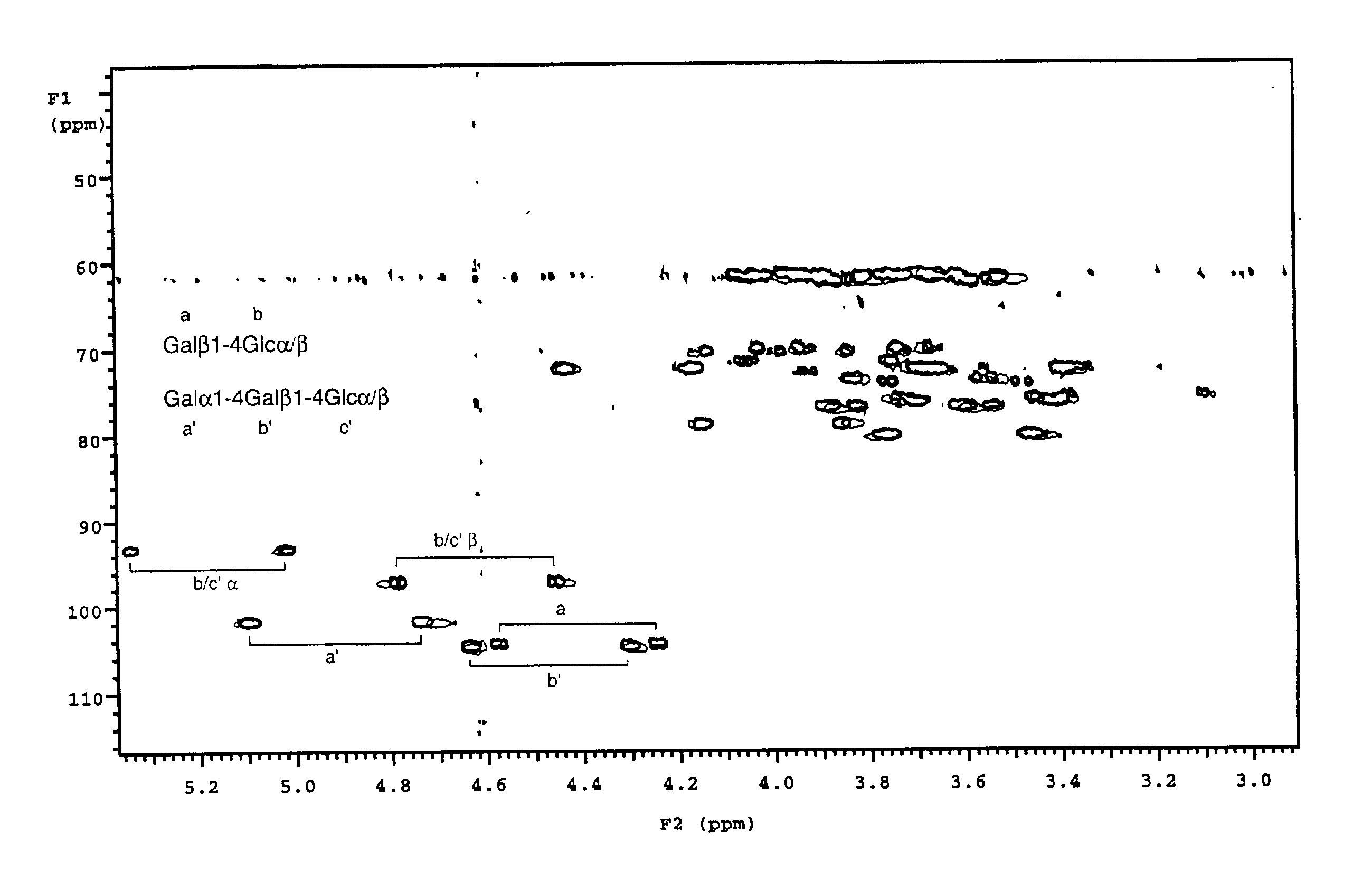Method of screening compounds for biological activity
a biological activity and compound technology, applied in the field of biological activity screening compounds, can solve the problems of false positives and false negatives, the complex energetics of the binding process is currently insufficiently understood to enable rational drug design using this information alone, and false negatives can be costly for the pharmaceutical industry both in research and development time and money, so as to improve the sensitivity, increase the number of stable isotopic nuclei, and improve the effect of sensitivity
- Summary
- Abstract
- Description
- Claims
- Application Information
AI Technical Summary
Benefits of technology
Problems solved by technology
Method used
Image
Examples
Embodiment Construction
[0043] To a pre-weighed pre-washed glass septum vial (Pierce No. 13804) was added 840 ml dihexanoylphosphatidylcholine (DHPC) in chloroform solution (Sigma P4148) by use of a 250 .mu.l Hamilton microsyringe. Chloroform was evaporated in a stream of dry nitrogen gas for 15 minutes, followed by lyophilisation for at least two hours. The vial was re-weighed to determine the exact amount of DHPC (22 mg). To the dried DHPC was added 785 .mu.l deuterium oxide (Aldrich), followed by 95.8 mg dimyristoylphosphatidylcholine (DMPC, Sigma P6392), to give a 15% solution of DHPC:DMPC 1:2.9 (mol / mol). Once dissolution was complete, a further 785 .mu.l deuterium oxide was added to give a 7.5% solution. To 650 .mu.l of this solution was added uniformly .sup.13C-enriched globotriaosylceramide oligosaccharide and .sup.13C-enriched lactose, prepared as described (3) to final concentrations of 0.28 mM and 0.14 mM respectively. A .sup.13C-.sup.1H HSQC spectrum was recorded on this solution at 308 K and p...
PUM
| Property | Measurement | Unit |
|---|---|---|
| pH | aaaaa | aaaaa |
| high resolution NMR correlation | aaaaa | aaaaa |
| multidimensional high resolution NMR | aaaaa | aaaaa |
Abstract
Description
Claims
Application Information
 Login to View More
Login to View More - R&D
- Intellectual Property
- Life Sciences
- Materials
- Tech Scout
- Unparalleled Data Quality
- Higher Quality Content
- 60% Fewer Hallucinations
Browse by: Latest US Patents, China's latest patents, Technical Efficacy Thesaurus, Application Domain, Technology Topic, Popular Technical Reports.
© 2025 PatSnap. All rights reserved.Legal|Privacy policy|Modern Slavery Act Transparency Statement|Sitemap|About US| Contact US: help@patsnap.com


